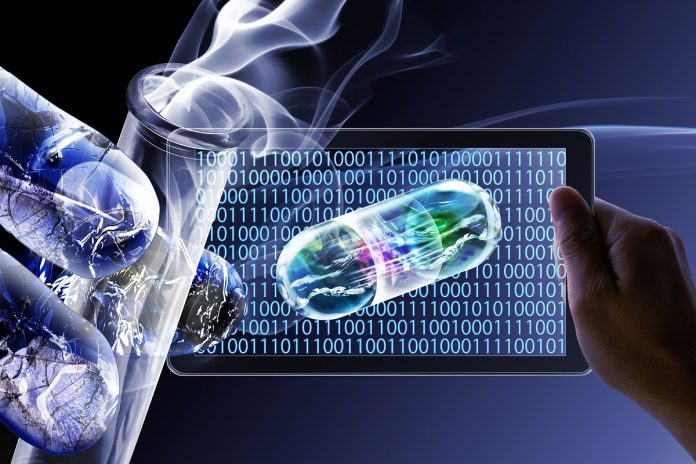

Scientists have discovered a new antibiotic with the help of artificial intelligence (AI) that can eradicate a deadly superbug. AI reduced the potential pool of thousands of chemical compounds to a handful that could be tested in the lab. The result of this testing was the production of a potent experimental antibiotic called “halicin,” which requires further testing before it can be used widely.
Researchers in Canada and the US say that AI has the power to accelerate the discovery of new drugs extensively. This is the latest example of experiments that demonstrate how AI can create a revolution in medical science.
Antibiotics kill bacteria. However, for decades, the lack of new drugs has made the treatment of bacteria more difficult because some bacteria are resistant to existing drugs. It is estimated that more than one million people die each year due to infections that are resistant to antibiotic treatment.
Researchers focused on one of the most problematic types of bacteria, Acinetobacter baumannii, which can infect wounds and cause pneumonia. Although you may not have heard of it, this is one of three superbugs identified by the World Health Organization as a “serious” threat. This bacterium is often able to render several antibiotics ineffective, creating problems in hospitals and nursing homes where it can survive on surfaces and medical equipment.
To find a new antibiotic, researchers first had to train the artificial intelligence. They considered thousands of drugs with a precise chemical structure and testedthese drugs on Acinetobacter baumannii to see which ones could reduce its effectiveness or eradicate it altogether.
Then, this information was fed into the AI to teach it the chemical properties of drugs that could attack the problematic bacteria. The AI then presented a list of 6,680 compounds whose effectiveness was unknown. The results published in the journal Nature Chemical Biology show that the AI took an hour and a half to compile the final list.
Researchers tested 240 of these compounds in the lab and discovered 9 potential antibiotics, one of which was the powerful halicin. Laboratory tests showed that this antibiotic could treat infected wounds in mice and kill samples of Acinetobacter baumannii in patients.
However, Dr. Jonathan Stokes from McMaster University believes this is just the beginning. The next step is to complete the drug in the lab and then conduct clinical trials. He expects the first AI-discovered antibiotics to be available for prescription by 2030.
Dr. Stokes believes that “artificial intelligence reduces costs and allows us to discover new samples of antibiotics that we desperately need.”
Factory Address : First Shohada Street, Shohada Blvd, South Azadi Blvd, Sanat Square, Kaveh Industrial City Saveh, Iran
TEL: +98 86 42347480-83
FAX: +98 86 42347480-83
Postal Code: 3914315177
Email : info@samindarou.com
commerce@samindarou.com
Head Office: Tehran, Sadr Highway, Arafati St. Manzarieh Exit, No. 8, Unit 402
TEL: +982122564920 – +982122564635 – +982122569874
FAX: +98 2122853134
Postal Code: 1939993433
